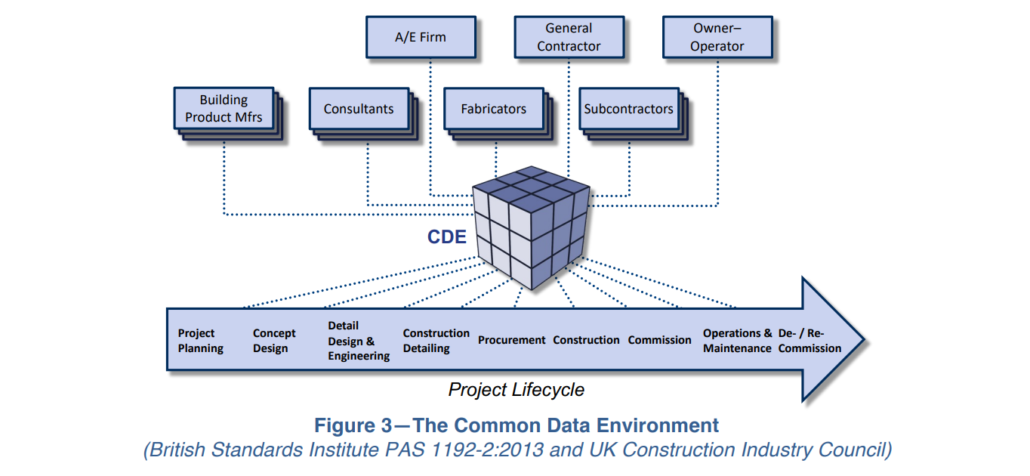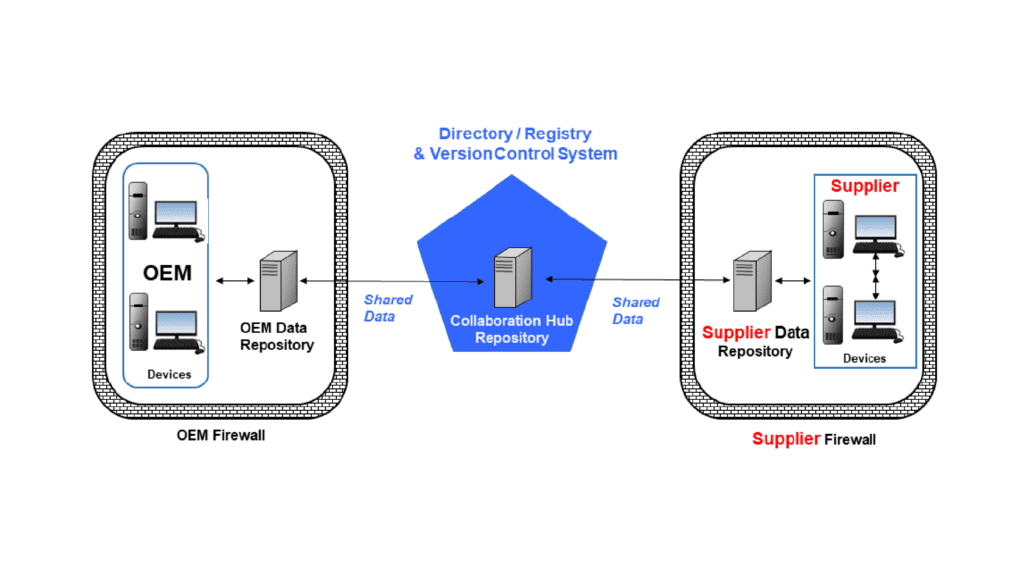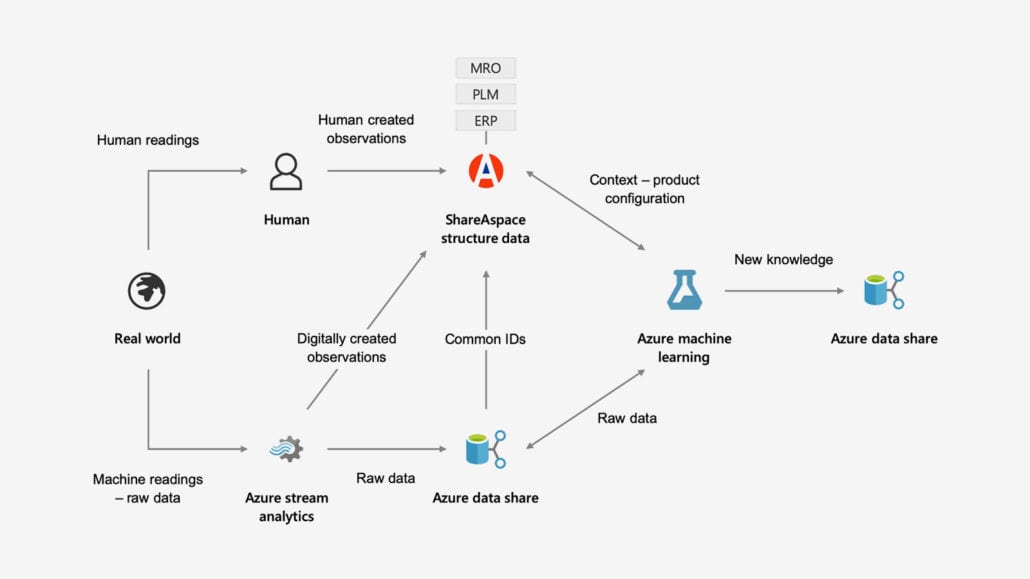Closing the Information Gaps in BIM: Critical for Industry Success – A Commentary by CIMdata
Buildings, infrastructure, and similar physical assets are designed and constructed by AEC/EPC firms and typically owned and operated (O/O) by other organizations. This leads to a typical data dilemma: too much data that is often not the correct data nor semantically accurate to be usable. Data governance is badly needed, and it requires data alignment. […]











